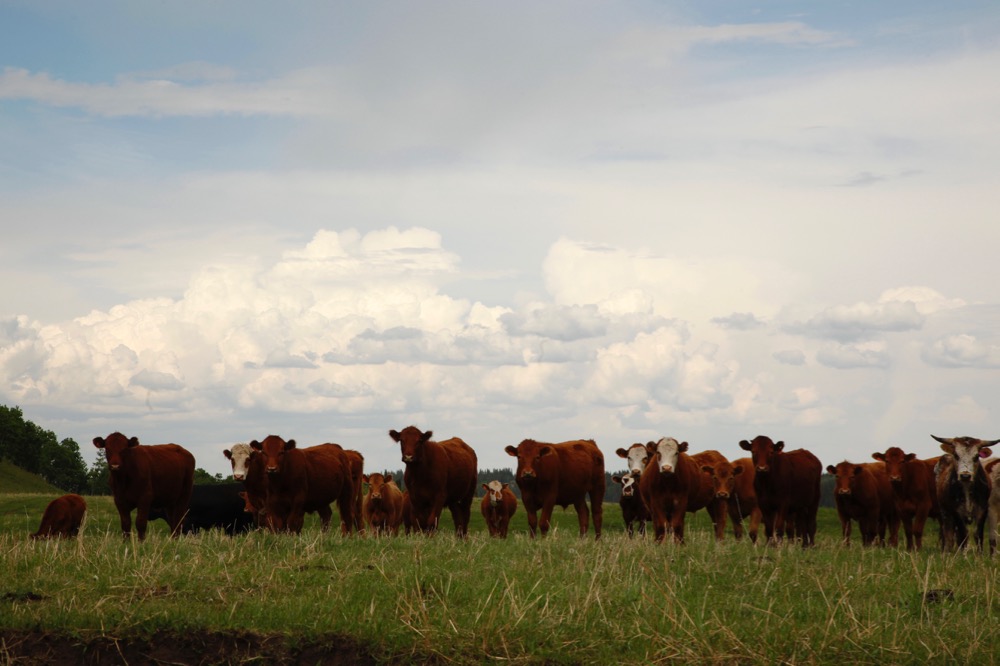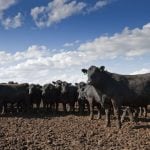Even while waiting for fields to dry out, farmers are reluctant to complain about too much moisture. Particularly producers in southern Alberta and Saskatchewan say too much moisture isn’t great, but there have been many years when they face the hardship of too little moisture.
At an indoor “crop walk” in Lethbridge this week about 100 producers shared some thoughts on managing crop land that has received anywhere from eight to 12 inches of precipitation so far this spring. It was supposed to be a field crop walk, organized by Alberta Agriculture and the Southern Applied
Read Also
Some perspectives of what’s in store for 2022
By Lee Hart Between COVID-19, supply-chain disruptions and now the conflict in the Ukraine it seems like any calm or…
There was a lot of discussion about crops and moisture and here are a few of the highlights.
· The southern prairies are considered dry, but 2010 was the fourth year in the last 16 to be considered as ‘wet’ years. They included 1995, 2002, 2005 and now 2010. Lethbridge had about eight inches of moisture in four major weather events this spring, further south at Cardston it was closer to 13 inches, and east towards Bow Island it was about 11 inches.
· Along with the moisture, average temperatures have been cool, which has delayed the crops anywhere from two to four weeks. Just for interest, at 20 C degree temperatures it takes barley about five days to germinate, at 10 C it takes about 14 days and at five C it takes 25 or more days to germinate.
· If plants have been under standing water for five days or more, they are probably finished.
· While yellowing crops under too much moisture is fairly normal, the yellowing could be caused by a combination of factors – cool temperatures, lack of oxygen, and with saturated soils crops don’t have the same nutrient uptake which leads to a lack of nitrogen.
· If, as moisture recedes, crops don’t look like they are bouncing back from the yellowing, top dressing with nitrogen fertilizer may be an option. Good products are 28-0-0 (urea) and 28-0-0 (UAN liquid) or even 21-0-0-24 (ammonium sulphate). Granular products are good, but the downside in a year like this, is that you still need moisture after application to carry the nitrogen into the soil, or you risk loosing 25 to 30 percent to volatilization.
· McKenzie says if producers do plan to top dress, aim to apply 30 pounds of actual nitrogen per acre, and “don’t mess around with a 10 pound rate”.
· A soil test and/or tissue test may not be accurate or timely enough in a year like this to give producers a clear message on whether top dressing is necessary. It comes down to a producer call – look at the crop, if it is a good stand, with good potential, and the potential pencils out with market prices, invest in the top dress application.
· Unless you are keen on chemfallow, if you have some unseeded fields this late in the season, it might be best to get something seeded and growing to use moisture and control weeds. A cereal can be seeded, if you can make use of green feed in the fall, or perhaps consider a legume such as sweet clover, as green manure. Sweet clover is cheaper than peas and fixes nitrogen in the soil, making it worthwhile, even under a zero-till cropping system. Alfalfa is also a good option on soils prone to salinity.
· You can also manage those unseeded acres so you can get a winter cereal such as winter wheat seeded in good time in early September.












